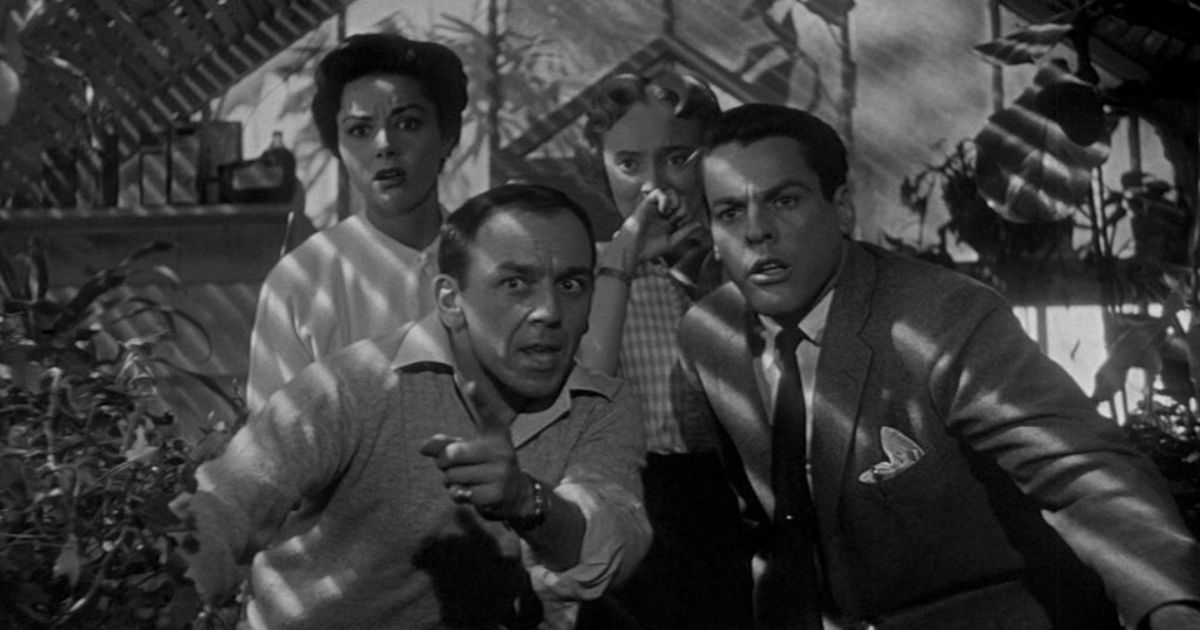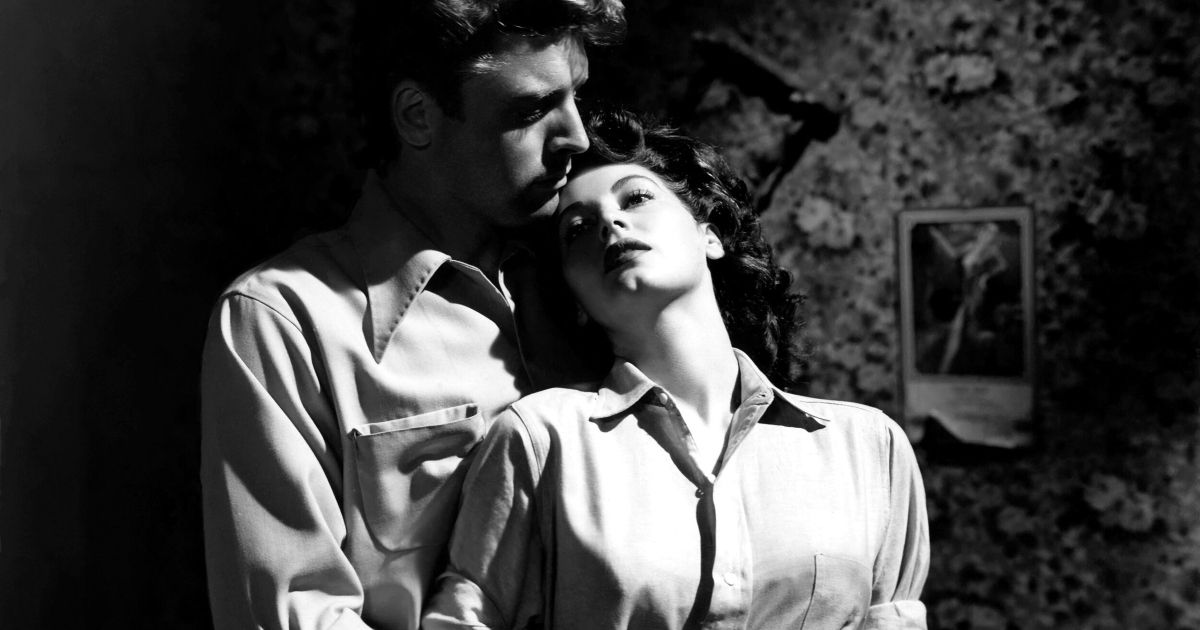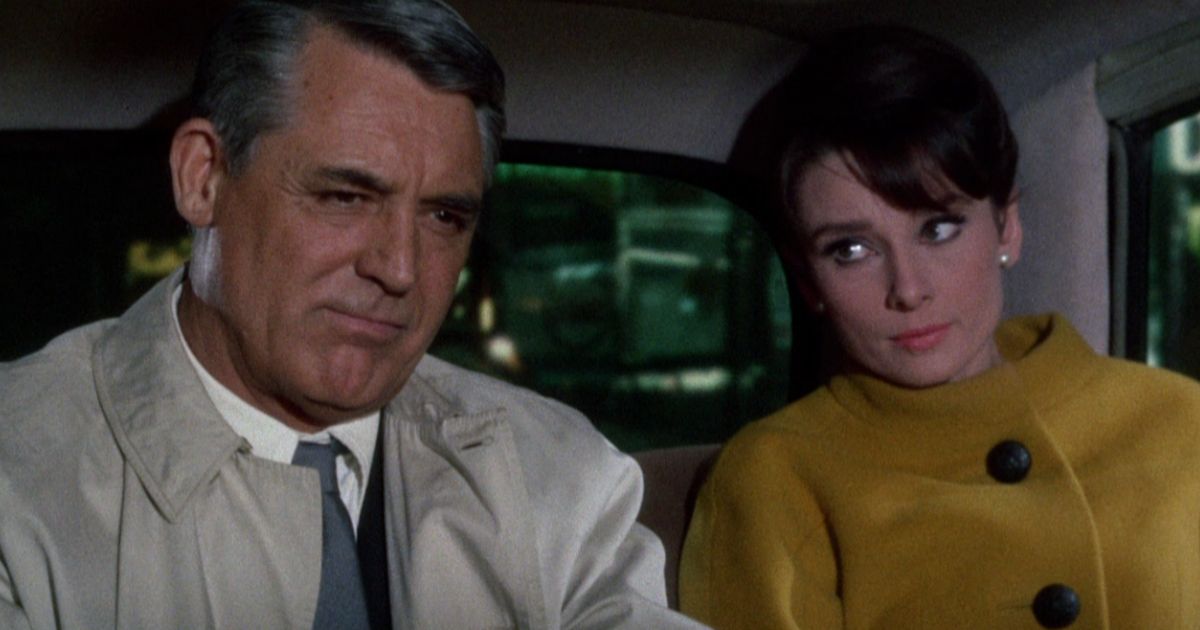
Over the years, the film industry has gone through many, many changes. Studios have fallen apart, and new ones have taken their place. Generations of actors have come and gone. Genres have gone back and forth in popularity. The ways in which people watch movies have drastically changed. Most notably, what movies have been allowed to do has changed. A defining characteristic of an “old” movie is that there is no cursing or vulgar language, no sex or nudity, and no graphic violence or gore. It’s not that these movies were wholesome, it’s that they didn’t include any actions or language that could be deemed inappropriate.
From 1934 to 1968, film studios had to follow a guideline called the Hays Code. Also referred to as the Hollywood Codes or Production Codes, the Hays Codes regulated what studios were allowed to include in their films during the majority of Hollywood’s Golden Age of film. This dictated everything from costumes that could be worn, words that were allowed to be said, actions that could be depicted, to the actual plot of the film. The Codes specifically prohibited profanity, graphic violence, suggestive nudity, sexual encounters, and rape. Married couples could not even be shown sleeping in the same bed during this time period.
After the Hays Codes ended, the shift in filmmaking is noticeable. Hollywood had already started to loosen up a bit in the ’50s when movie studios were granted free speech protection under the First Amendment, but the stark difference didn’t occur until after 1968 when the Codes officially ended. Filmmakers from 1969 until now have been able to make films about whatever they want, however they want. This is great because so many incredible films would not have been made if the Codes were still in place. However, a lot of classic films have come out of the Golden Age as well, such as Casablanca, and even more films that go underappreciated. So, here are ten films from Hollywood’s Golden age that are underrated:
10 She Done Him Wrong (1933)
Released a year before the Hays Codes went into effect, She Done Him Wrong stars Mae West as a seductive nightclub singer named Lady Lou who flirts with several gentleman suitors including an escaped convict and a handsome temperance league leader, Captain Cummings. Since the movie was made and released pre-codes, Lady Lou is quite suggestive and shows no remorse in stringing along multiple men. She is fully confident in herself and her femininity. She may not be a choice role model for young girls considering she does knowingly sting people along, but it was refreshing to watch a movie from that time period where the female protagonist is so empowered. It was also amusing to see a very young Cary Grant test out his comedy chops as Captain Cummings in one of his earliest film roles.
9 The Awful Truth (1937)
A couple on the brink of divorce after baseless suspicions start undermining each other’s attempt to find a new romance in The Awful Truth. The physicality of screwball comedy that was prevalent in the ’30s is certainly present here with the full-body comedy of Cary Grant. There is a scene in which Irene Dunne’s character Lucy starts singing and Cary Grant’s character Jerry literally falls down. It is a classic battle of the sexes here, where Jerry meddles with Lucy’s new relationship at first, but then she turns the tables on him later on by toying with his new romance. The dialogue is fast and witty and the comedic timing is set to perfection. It is also clear that a lot of the lines and actions were improvised by Dunne and Grant, which only enhances the comedy elements.
8 Bell, Book, and Candle (1958)
After the success of pairing James Stewart and Kim Novak in Alfred Hitchcock’s Vertigo, the two were paired to star opposite each other two years later in Bell, Book, and Candle. The movie follows Gillian (Novak), a modern-day witch, who likes her neighbor but despises his fiancée. She casts a spell on him to make him love her instead, except she falls in love with him for real. BBAC at times feels like it served as inspiration for shows such as Sabrina the Teenage Witch or movies such as Practical Magic with its quirky characters and spell-binding magic. Novak and Stewart are of course great together, but the real charm of this movie is the beatnik culture of Greenwich Village that kind of parallels with the unconventional lives of the witches.
7 Mildred Pierce (1945)
After her unfaithful husband leaves her, Mildred Pierce (Joan Crawford) sets out to prove she can be successful without him. Although, winning the approval of her spoiled daughter Veda proves to be an even greater challenge. To put it lightly, Veda is an ungrateful brat who could not care less about all that her mother has sacrificed in order to give her the life that she so desperately desires. She berates her mother for being a working woman. She looks down on her mother for not having a husband. She ridicules her mother for not being as wealthy as others every time her mom achieves something.
In the middle of a murder investigation after the death of her second husband, Mildred has to reevaluate her own freedom and her complicated relationship with Veda. Mildred Pierce is a scathing noir that looks into the complications of mother-daughter relationships, selfishness, and the ways in which social status can bring out the absolute worst in people.
6 Arsenic and Old Lace (1944)
Playwright and author Mortimer Brewster (Cary Grant) has always been against marriage, but suddenly falls in love and gets married. He makes a trip home to tell his unmarried aunts the news, but discovers that they have a rather disturbing hobby; poisoning lonely old men and burying them in their cellar. Arsenic and Old Lace is an over-the-top black comedy that leaves you laughing even when the movie has ended. The dysfunctional Brewster family also includes Mortimer’s delusional uncle (who thinks he’s Teddy Roosevelt) and his homicidal brother. Most of the movie takes place in the Brewsters’ living room as Mortimer continues to uncover secrets his oddball family has been keeping from him. The combination of his two aunts, his uncle, and his brother adds a hilarious dynamic to this already entertaining movie.
5 Invasion of the Body Snatchers (1956)
Although there was a 1978 remake starring Donald Sutherland, the original Invasion of the Body Snatchers is deserving of just as much attention as its remake. Heavily influenced by the Red Scare and McCarthyism tactics during the height of the Cold War, the movie follows a small-town California doctor whose patients are convinced that their loved ones are being replaced by alien imposters. He soon learns that these creatures plan to inhabit the bodies of humans and use our planet as their new home since their planet is struggling. The similarities to McCarthyism are basically identical. A group of people is terrified that a new enemy is hiding in plain sight among people they admire and respect. It was a very real fear that is depicted very well here.
4 The Killers (1946)
Two hitmen walk into a dinner one night looking for a man who is known as “the Swede”. The Swede knew they would be coming for him, so he doesn’t put up a fight when they do find him. He had a life insurance policy, so an investigator decides to look more into the murder and discovers that the Swede was in love with a beautiful woman who may have persuaded him into pulling off a bank robbery overseen by another man.
The Killers is film noir at its finest. It is actually based on Ernest Hemingway’s short story of the same name but expanded further by director Robert Siodmak. It has everything a noir needs; suspense, seduction, crime, and manipulation. There’s the femme fatale whom the male protagonist is foolish enough to help and ultimately pays for it. It’s everything that makes a film noir worth watching.
3 Indiscreet (1958)
In 1946, Ingrid Bergman and Cary Grant charmed audiences in Alfred Hitchcock’s thriller Notorious. Their instant chemistry and convincing performances led them to star together again 12 years later, but this time in the romantic comedy, Indiscreet. Grant was obviously well versed in comedy among other genres, but Bergman had never done a comedy before. Bergman stars as an accomplished actress who has given up hope in finding the man of her dreams. Until Philip Adams (Grant) walks in, and she realizes this is the smart, handsome man she has been waiting for.
This is an easy, comforting watch thanks to the ever-present likability of Bergman and Grant. Essentially, it is 100 minutes of watching the two of them fall in love and all the ups and downs that come with romance. A smile will be on your face the entire time.
2 It Happened One Night (1934)
People who are very into film and the history of film will likely know about Frank Capra’s screwball romantic comedy, It Happened One Night. However, more casual fans of movies likely have not seen it, or maybe have never even heard of it. Clark Gable stars as a renegade reporter while Claudette Colbert stars as a runaway heiress who meet by chance on a bus headed from Miami to New York. They end up stuck with one another after the bus leaves a rest stop without them.
The two of them wind up on a wild journey throughout the East Coast involving hitchhiking, pretending to be a married couple, and spending the night outside on a farm. There is a scene in the movie where Colbert’s character, in an attempt to hitch a ride, sticks her bare leg out on the road to get a male driver’s attention after Gable’s failed attempt to get anyone’s attention. This is a scene that has been recreated many times, though many people probably don’t realize where it originated from.
1 Charade (1963)
Surely the most Hitchcockian film not to be written or directed by Alfred Hitchcock, Charade follows Regina Lamper (Audrey Hepburn) in her return to Paris after falling for a man named Peter Joshua (Cary Grant) on a skiing trip in the French Alps. However, she discovers that her husband has been murdered, leading her and Peter to be chased by three of her husband’s World War II buddies who are after the quarter of a million dollars they had stolen behind enemy lines. Even more peculiar is that Peter keeps changing his name.
Charade is an absolute blast from start to finish. It’s a murder mystery with plenty of comical moments. It’s a shame that Grant and Hepburn weren’t in more movies together, because they make an outstanding pair. Their comedic timing bounces off each other smoothly, and they are able to ease into more serious moments just as easily. Their chemistry is captivating which amplifies both the humorous and the thriller aspects of the film









.png)




.jpg)








